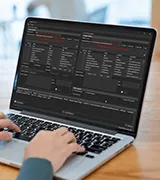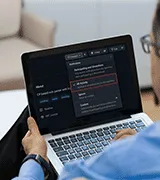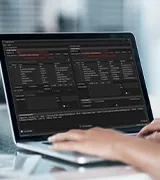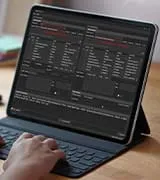I’m proud to announce KAPE (Kroll Artifact Parser and Extractor) is now available for download. KAPE is an efficient and highly configurable triage program that will target essentially any device or storage location, find forensically useful artifacts, and parse them within a few minutes.
Having worked with and taught digital forensics for over 10 years in both law enforcement and enterprise environments, I understood how DFIR professionals could benefit from a program that collected and processed forensically valuable data quickly, potentially before any full system images were completed.
With key input from the digital forensics/incident response (DFIR) community, we also included predefined “targets” and “modules” for KAPE that help investigators gather a wider range of artifacts in a fraction of the time, enriching evidentiary libraries. KAPE is free for download here.
Note: If you're using KAPE commercially, we now have an enterprise license that will enable you to use KAPE on any engagements.
















